The Tyson vs. Paul boxing match was a massive global event, drawing millions of viewers eager to witness the spectacle. Yet, its debut on streaming platforms was marred by technical failures, including pixelation, lag, and outright crashes caused by server overload. These issues underscore the limitations of streaming for high-profile events that demand both quality and reliability. Cinematic broadcasting offers a powerful solution. By utilizing advanced cinema cameras and the robust infrastructure of traditional broadcasting, cinematic broadcasting ensures unmatched visual quality and stability. This approach, previously employed in events like the Super Bowl halftime show, orchestral performances, and international sports, could elevate live sports like boxing into a cinematic experience. This article explores the technical, artistic, and logistical reasons why cinematic broadcasting is the ideal approach for events like Tyson vs. Paul.
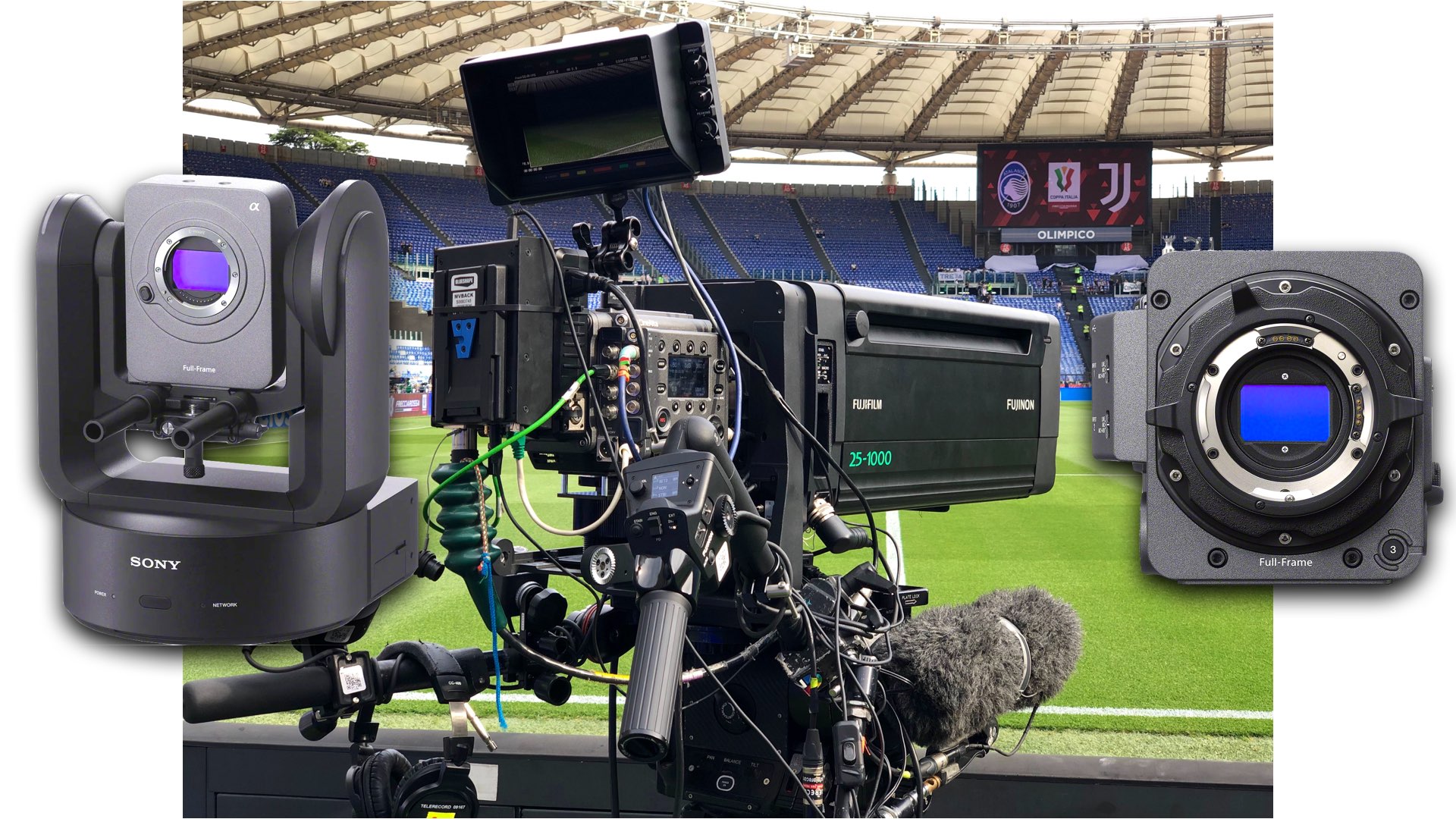
Introduction
Streaming has revolutionized media consumption, offering convenience and accessibility. However, the Tyson vs. Paul match exposed its inherent weaknesses for large-scale live events. Streaming platforms rely on internet infrastructure and are prone to bandwidth issues, server overloads, and viewer-side connectivity problems. For a high-demand event like this match, such limitations resulted in poor viewer experiences and frustration. Traditional broadcasting, on the other hand, provides a more stable and reliable alternative. When combined with the visual artistry of cinema cameras, it creates a method called cinematic broadcasting—a marriage of cinema-quality visuals and the robustness of traditional broadcast systems. Imagine watching Tyson vs. Paul in stunning 8K resolution with the dynamic imagery, and a bokeh of a Hollywood blockbuster, all without buffering or crashes. This article dives into the technical differences between streaming and broadcasting, highlights the artistic and practical benefits of cinematic broadcasting, and demonstrates how cinema cameras have already transformed live event coverage.
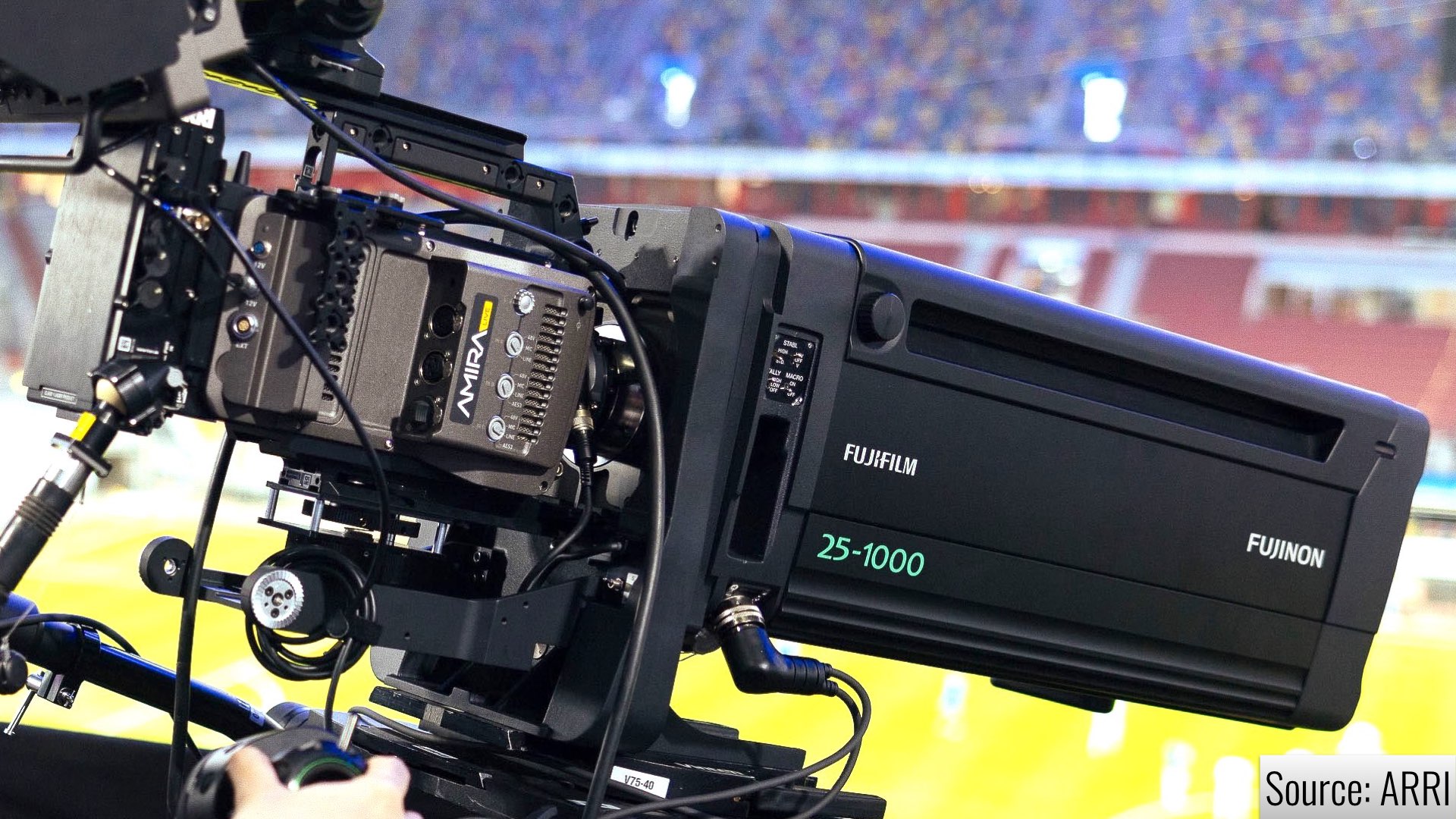
The Streaming Dilemma: What Went Wrong?
Streaming platforms deliver content via the internet, compressing video data in real-time and sending it to millions of devices. While convenient, this method is vulnerable to:
- Bandwidth Limitations: High-resolution streams require significant bandwidth, and as millions of viewers tuned in to watch Tyson vs. Paul, the infrastructure couldn’t keep up.
- Server Overload: Centralized servers struggled to handle the massive influx of viewers, leading to crashes and interruptions.
- Viewer Dependency: Streaming quality varies by the viewer’s internet speed, causing disparities in experience.
These issues are not uncommon for live-streamed events, but for an event of this magnitude, they are unacceptable.
Broadcasting: A Stable Alternative
Broadcasting bypasses many of these challenges by using dedicated airwaves or cable systems to deliver content. Unlike streaming, broadcasting:
- Does Not Rely on the Internet: Broadcast signals are transmitted over dedicated frequencies, ensuring stable delivery.
- Supports Massive Audiences Seamlessly: Millions can tune in simultaneously without impacting quality.
- Delivers Consistent Quality: Broadcast content is not affected by individual viewer connectivity issues.
However, traditional broadcast visuals often lack the cinematic appeal of streaming content, which is where cinematic broadcasting comes in.
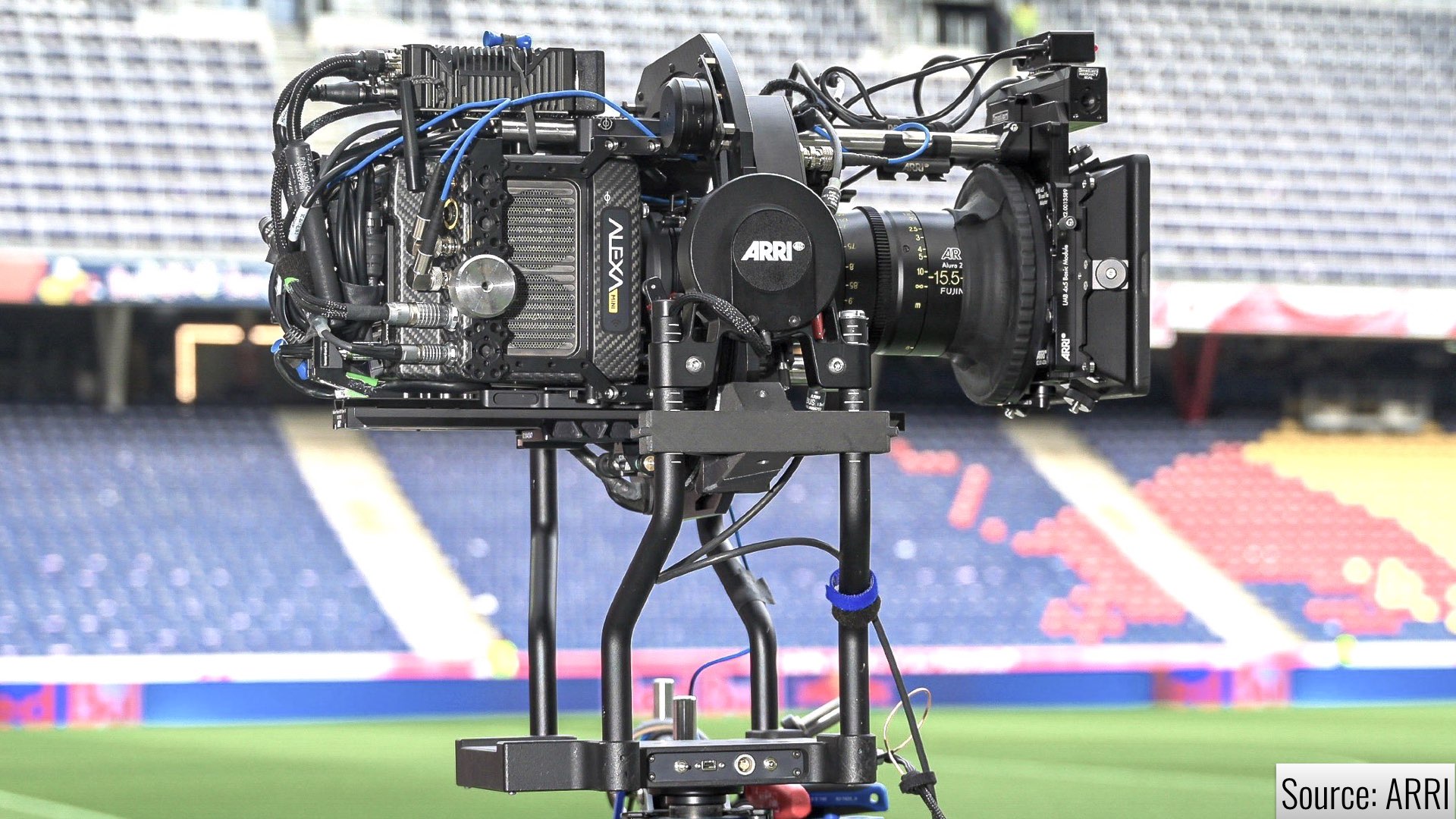
What Is Cinematic Broadcasting?
Cinematic broadcasting combines the reliability of traditional broadcasting with the visual sophistication of cinema. It utilizes cinema cameras, lenses, and advanced production techniques to create a visually rich experience, transforming live events into cinematic spectacles. YMCinema has elaborated on Cinematic Broadcasting many times, as the most immersive and cinematic way to capture and view big broadcast events.
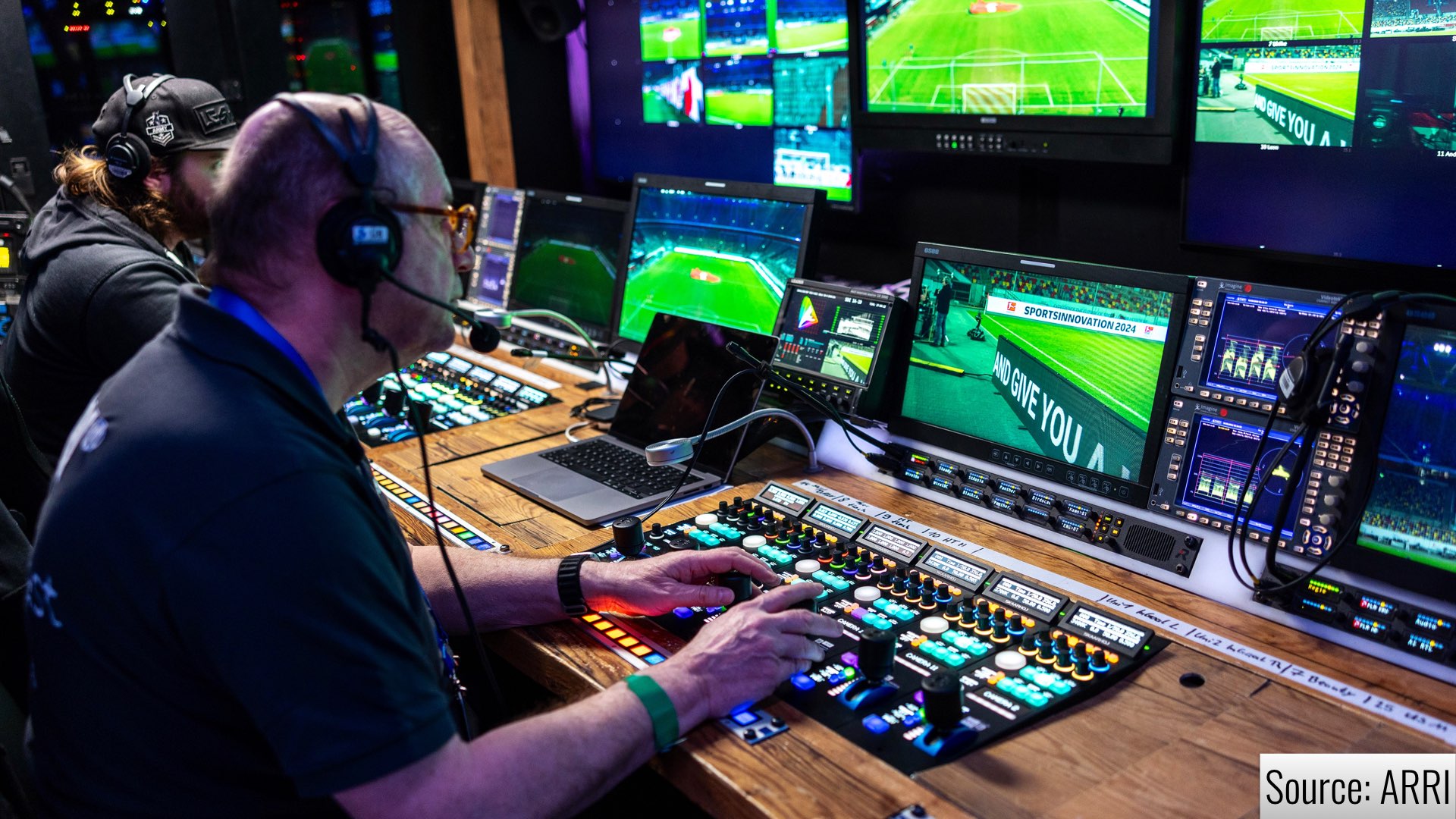
Why Tyson vs. Paul Needed Cinematic Broadcasting
Unparalleled Visual Quality
Cinema cameras are leagues ahead of traditional broadcast cameras in terms of image quality. They feature:
- Larger Sensors: Allowing for greater depth of field and low-light performance.
- High Dynamic Range (HDR): Captures more detail in highlights and shadows, essential for brightly lit sports arenas.
- Advanced Color Science: Provides a film-like look that enhances storytelling.
For instance, the Sony Venice 2, used extensively in cinematic broadcasts, offers a stunning combination of resolution, color fidelity, and dynamic range. Paired with the versatile FR7 PTZ cameras, these tools create a visually immersive experience for viewers (source).

Stability in Delivery
The Tyson vs. Paul match would have greatly benefited from the stability of traditional broadcast infrastructure. By avoiding the pitfalls of streaming, such as buffering and crashes, broadcasting ensures uninterrupted viewing. During the Super Bowl halftime show, for example, 12 Sony Venice cameras captured the spectacle flawlessly, delivering stable, high-quality coverage to millions (source).
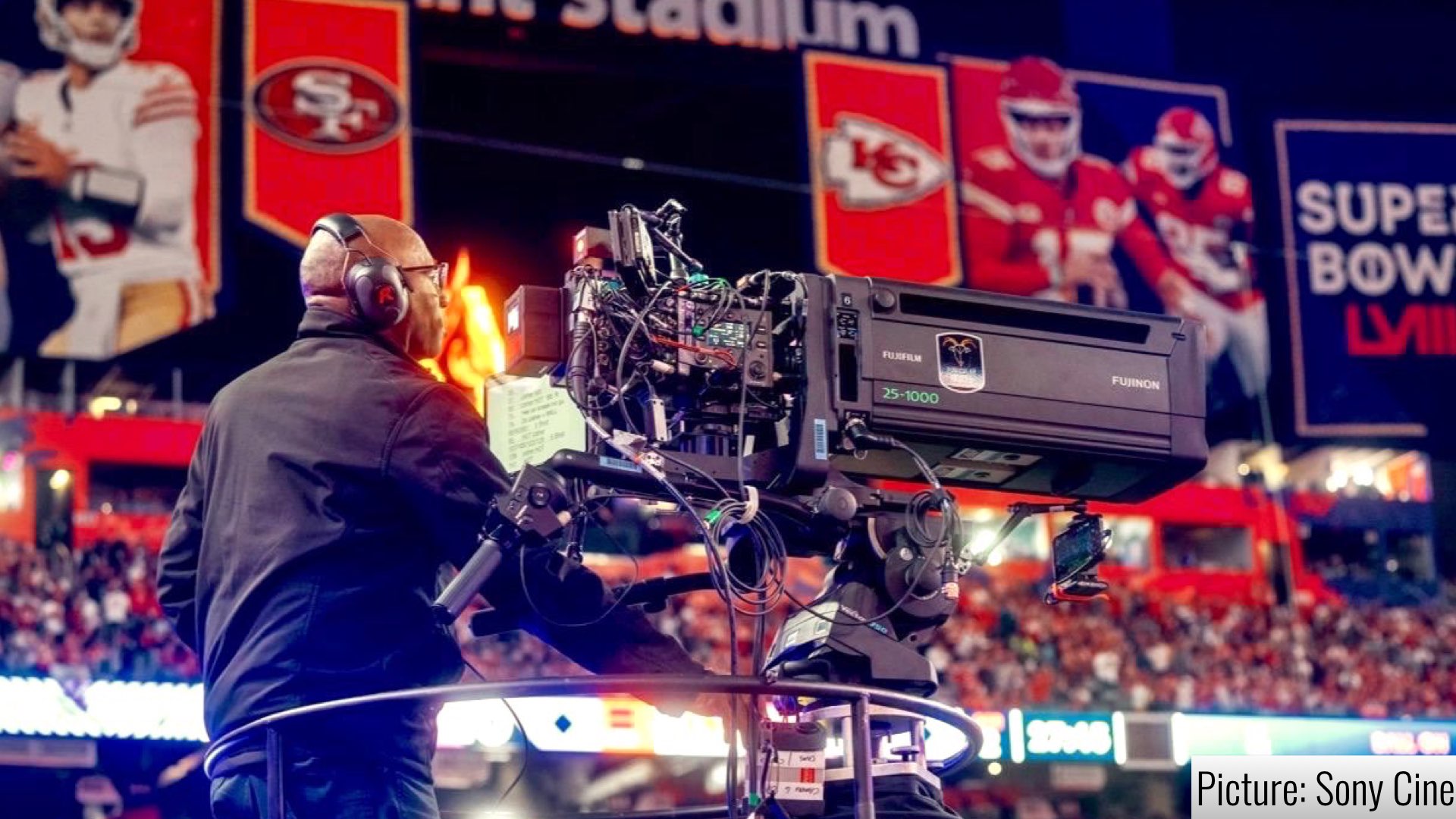
Cinematic Storytelling
Boxing is more than just a sport—it’s a narrative of triumph, strategy, and endurance. Cinematic broadcasting captures these stories with unparalleled emotion and detail. For instance:
- Close-ups of fighters’ expressions during intense moments.
- Dynamic angles showcasing the crowd’s reaction.
- Smooth transitions between wide shots and close-ups using gimbals like ARRI’s Trinity Live, a hybrid gimbal/steadicam system designed for live cinematic production (source). Furthermore, using a tool like the ARRI Alexa 35 Live, purpose-built for live broadcasts, that offers the depth and detail needed to elevate such narratives (source).
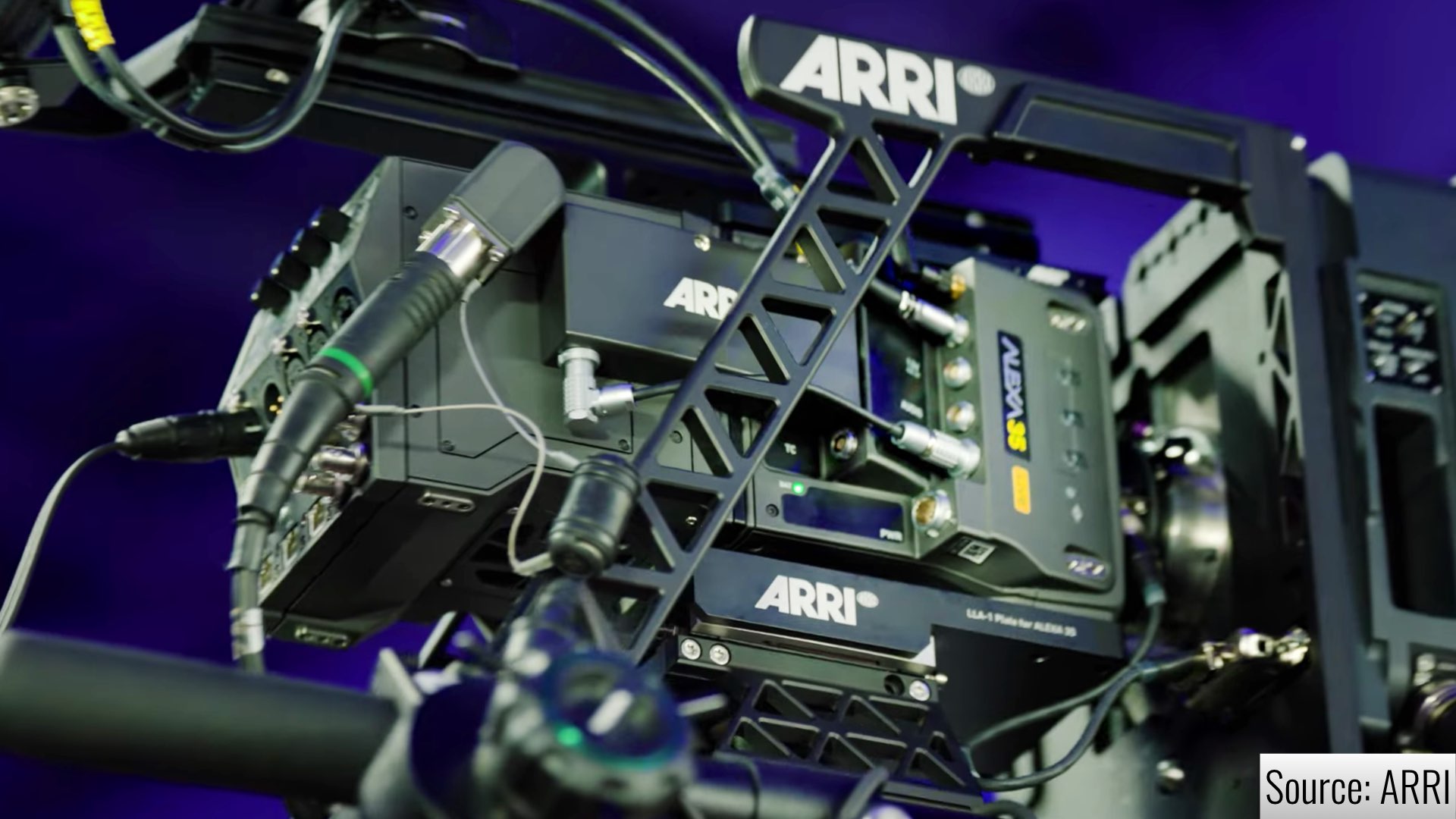
Case Studies in Cinematic Broadcasting
Orchestral Performances
In a groundbreaking live orchestral performance, a fleet of cinema cameras captured the subtleties of the musicians and their instruments. The resulting broadcast was a visual masterpiece, proving the value of cinematic broadcasting in capturing live artistry (source).
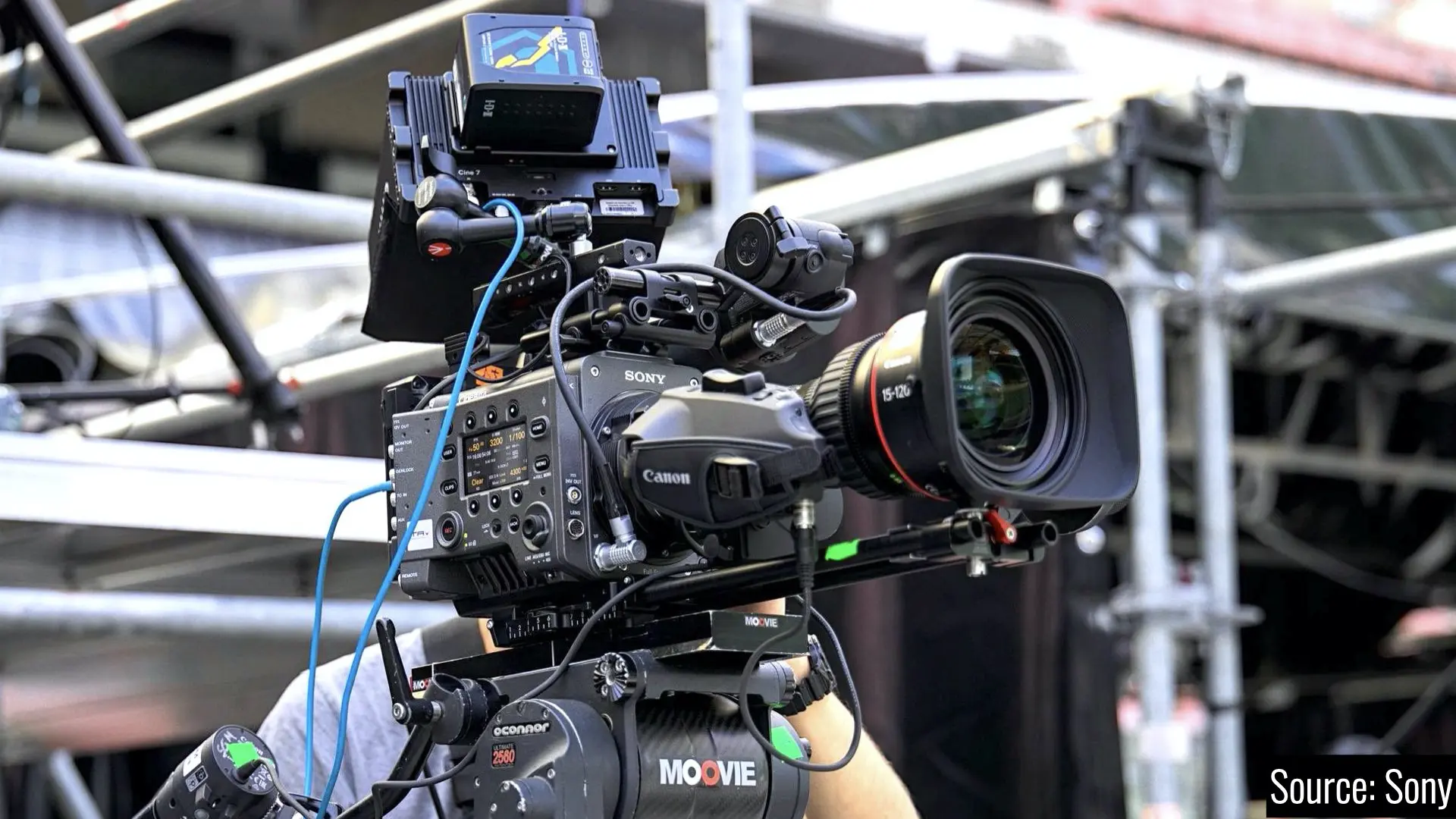
Sports Coverage
Cinema cameras like the ARRI Amira paired with Fujinon cinema lenses have redefined sports broadcasting. During football games, these tools captured the action with exceptional clarity and cinematic depth (source). In another example, ARRI Amira Live cameras delivered stunning visuals during the World Karate Championships, showcasing the athletes with a level of detail and artistry rarely seen in traditional sports coverage (source).
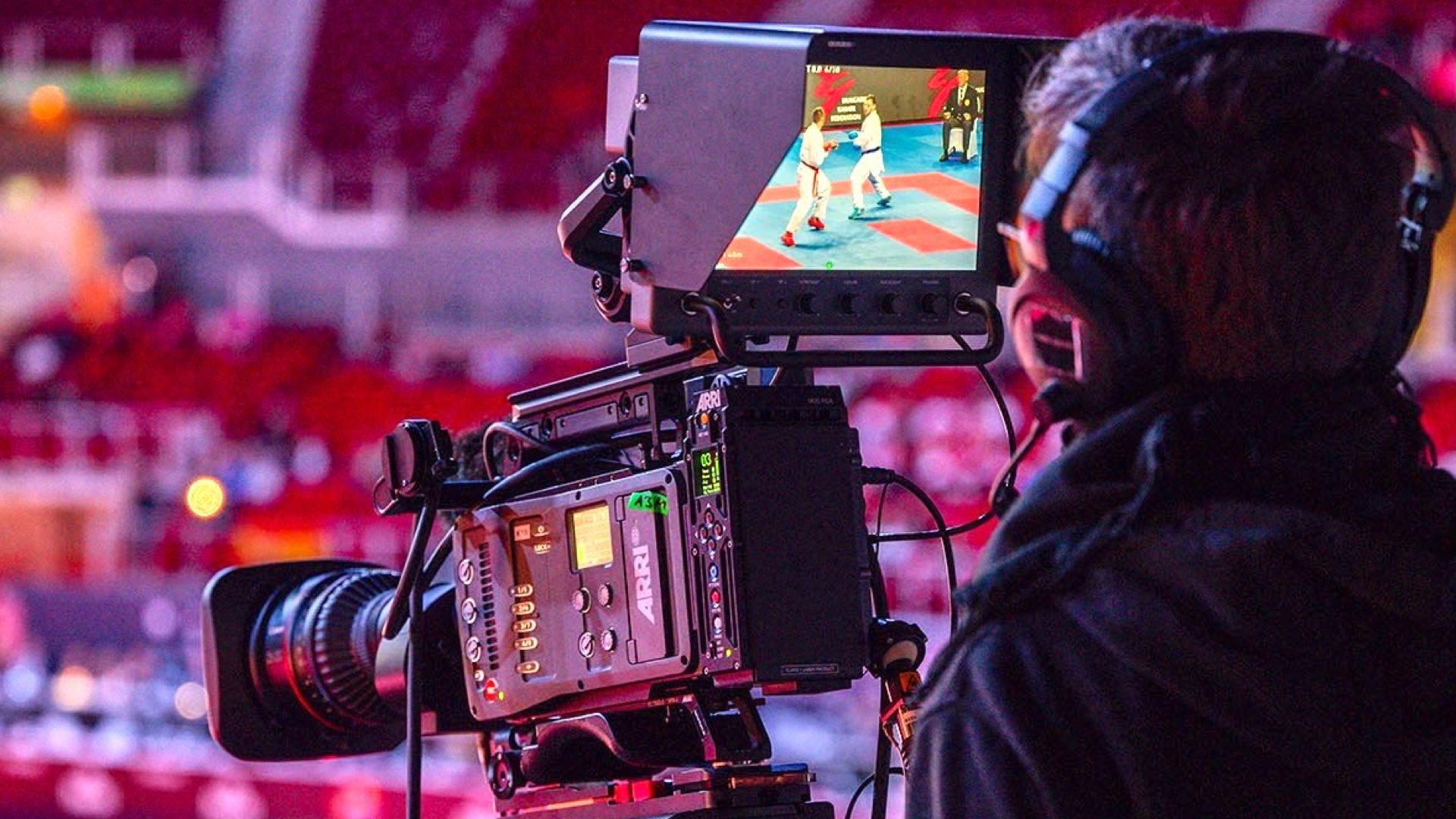
Entertainment Spectacles
The Super Bowl halftime show, broadcast using a combination of cinema cameras, set a new standard for live event production. By embracing cinematic broadcasting, producers delivered a visually stunning experience that captivated millions worldwide (source).
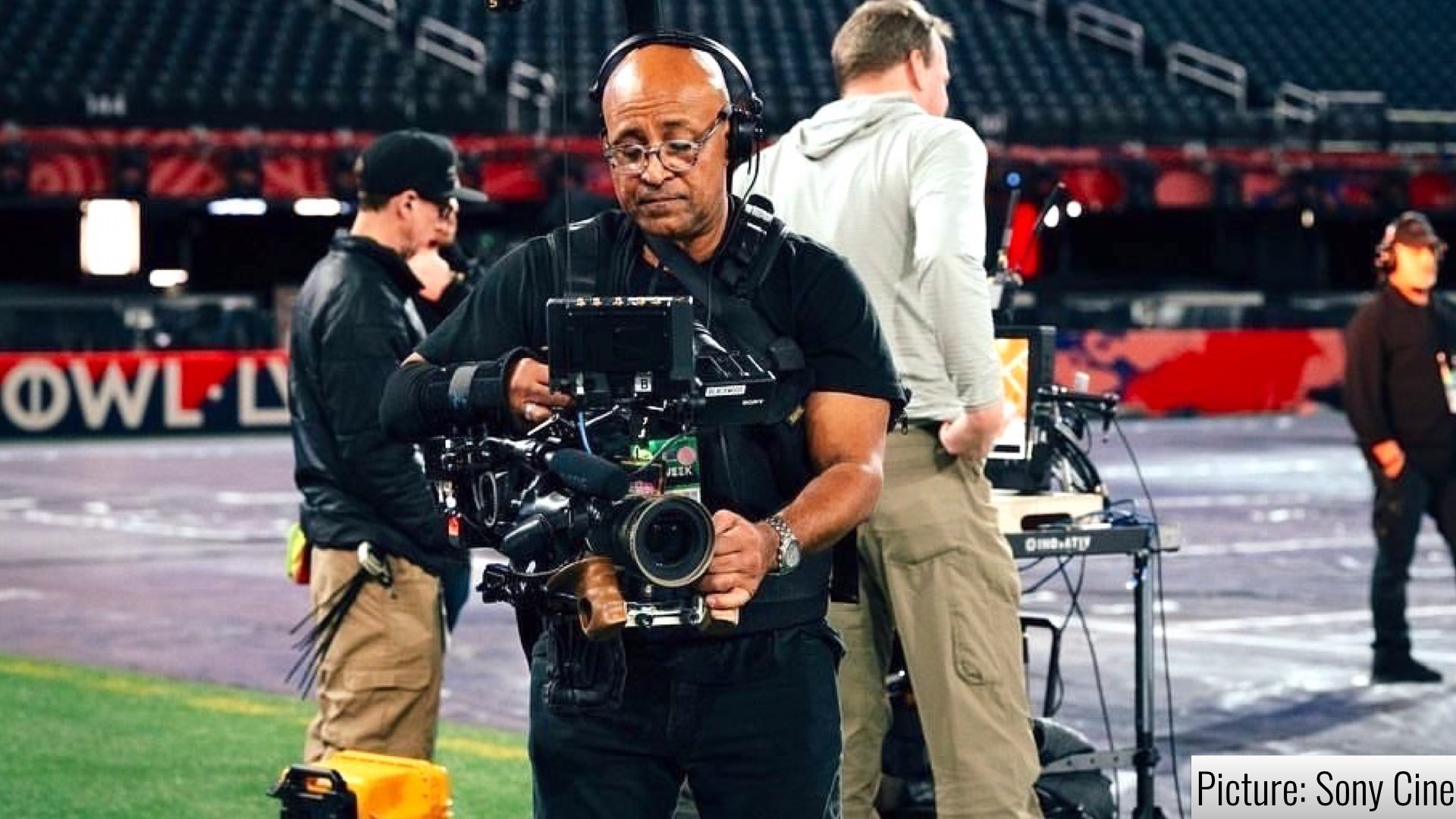
Challenges and Solutions
While cinematic broadcasting offers numerous advantages, some challenges remain:
- Higher Costs: Cinema cameras and production setups are more expensive than traditional systems.
- However, advancements like Sony’s FR7 PTZ cameras are making cinematic tools more accessible and affordable (source).
- Complex Logistics: Deploying cinema cameras requires skilled operators and coordination.
- Solutions like ARRI’s Trinity Live simplify setups, making cinematic broadcasting more feasible (source).
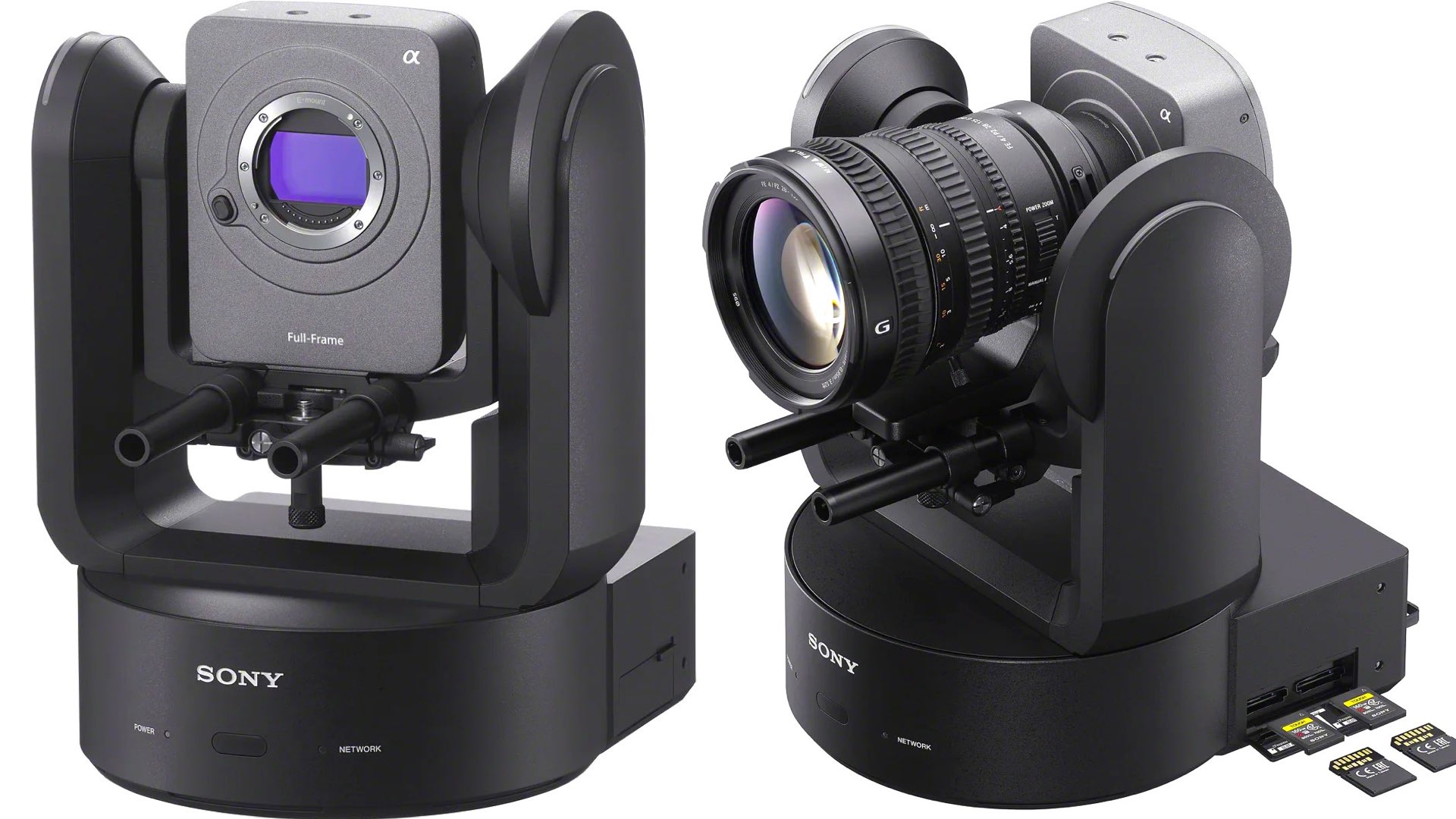
Reimagining Tyson vs. Paul Through Cinematic Broadcasting
If the Tyson vs. Paul match had been broadcast using cinema cameras, viewers would have experienced:
- Flawless Delivery: Broadcasting eliminates streaming’s technical failures.
- Enhanced Imagery: Tools like the Sony Venice 2 and ARRI Alexa 35 Live ensure breathtaking visuals.
- A Cinematic Narrative: Every punch, reaction, and crowd cheer would feel like part of a meticulously crafted film.
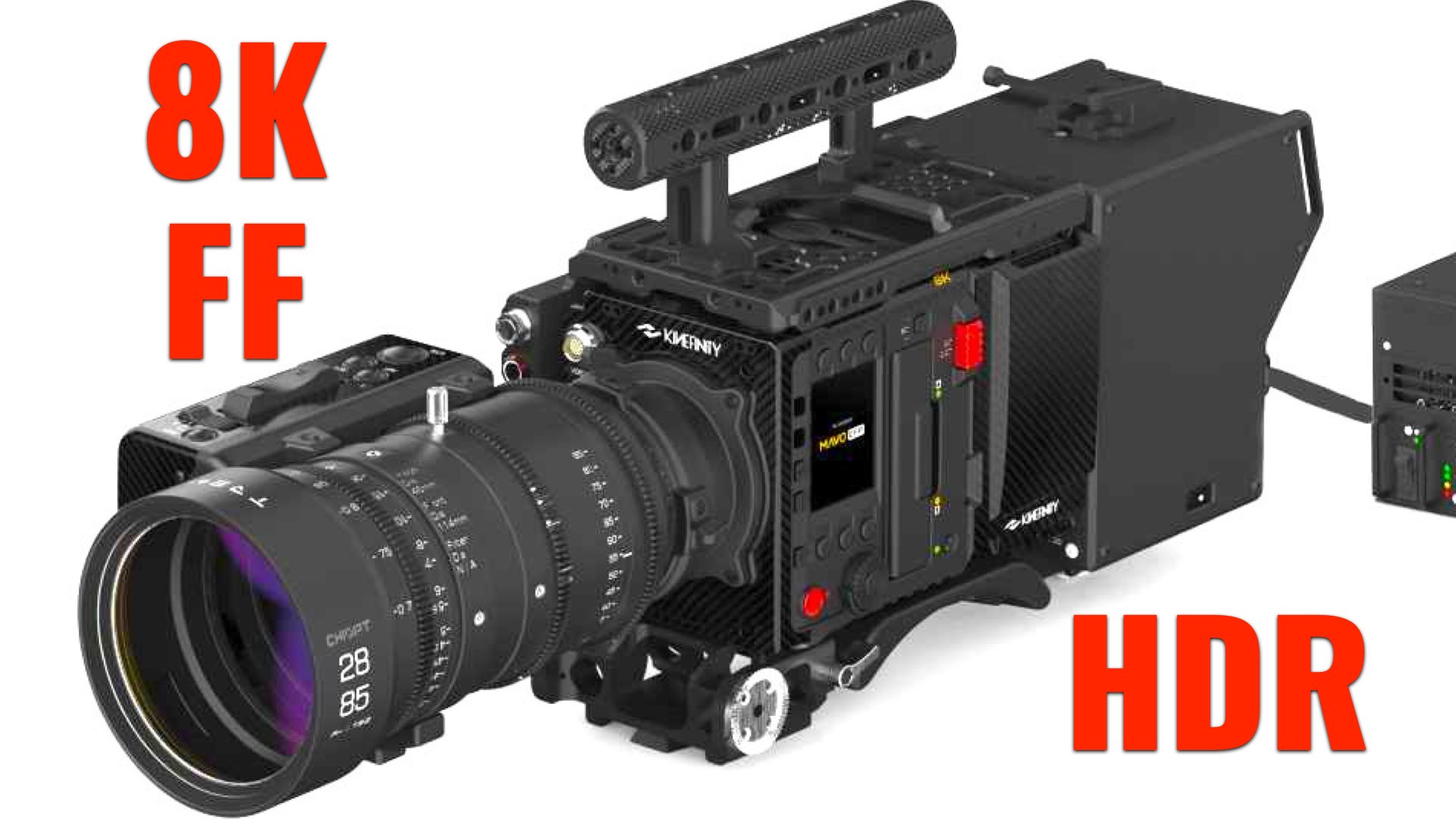
Conclusion
The streaming woes of the Tyson vs. Paul match highlight the urgent need for a better approach to live event coverage. Cinematic broadcasting, combining the reliability of traditional broadcasting with the artistry of cinema cameras, offers the ideal solution. By adopting cinematic broadcasting, future events can ensure superior quality, stability, and an immersive experience that resonates with audiences worldwide. For high-profile spectacles like Tyson vs. Paul, cinematic broadcasting isn’t just an upgrade—it’s the future. Would you prefer to watch this match with a full cinematic experience? Or that streaming is enough for you?

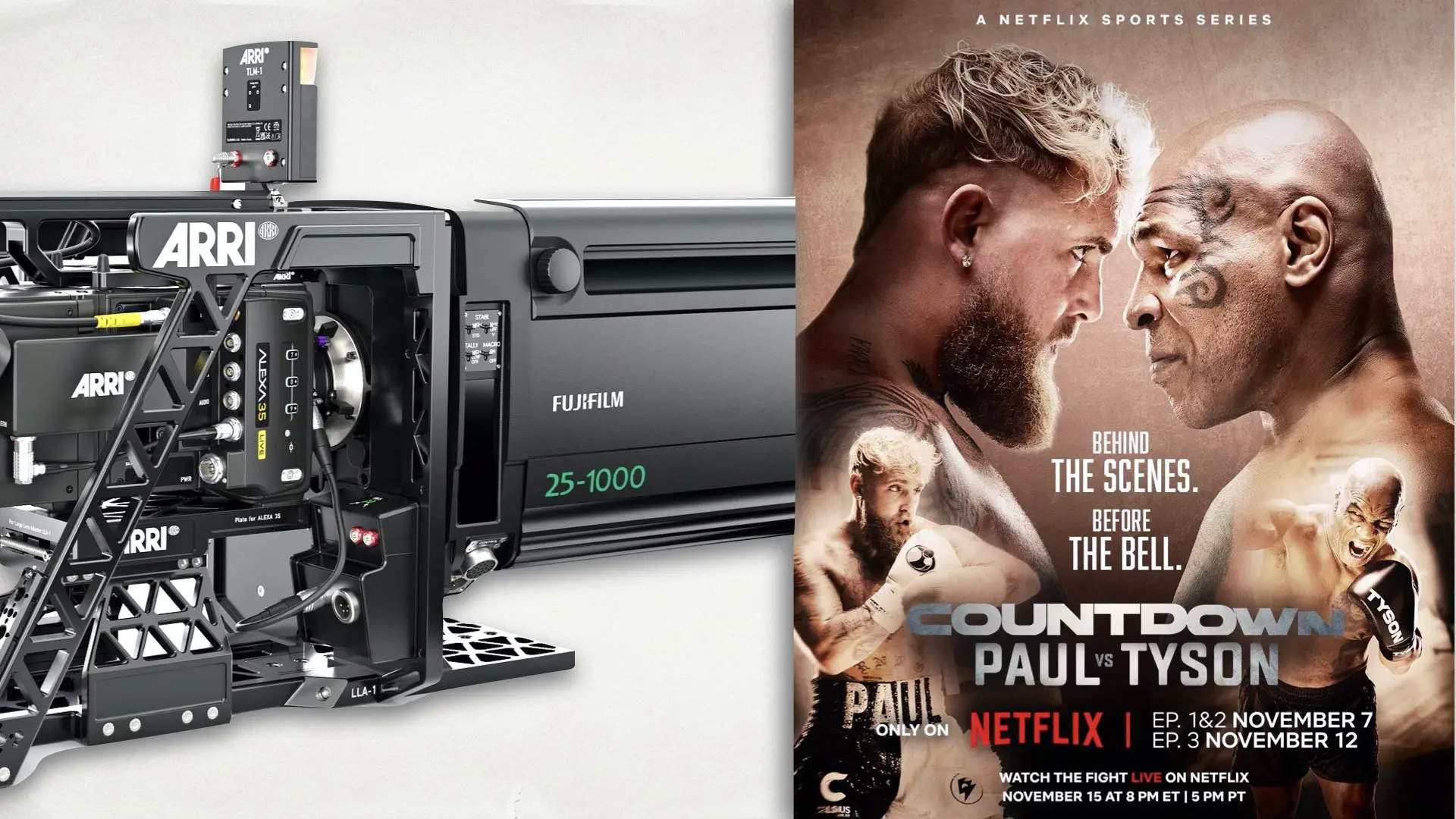
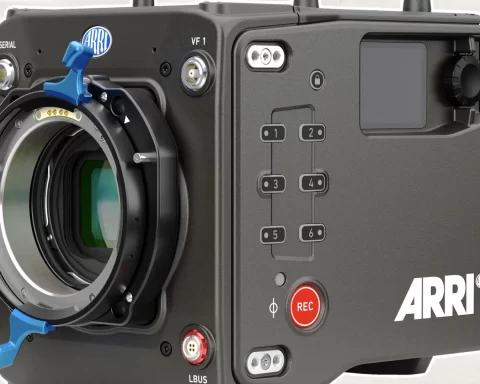
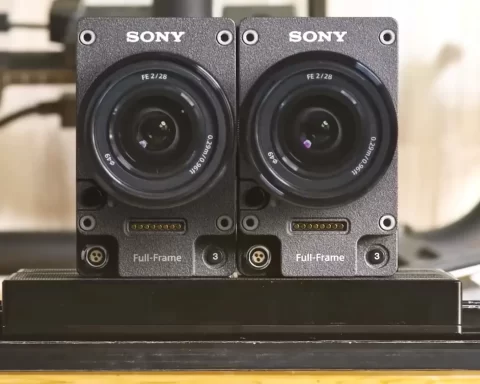
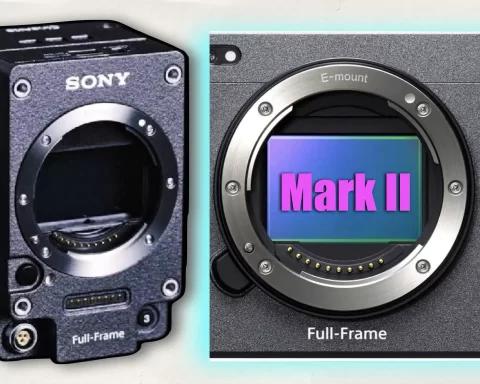
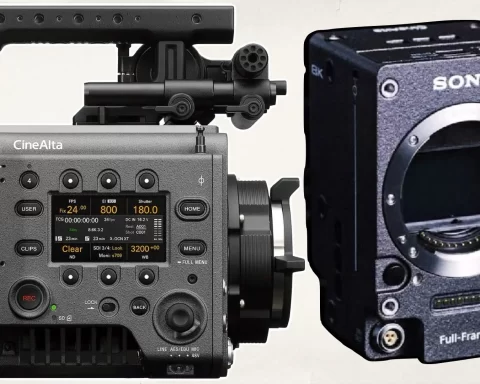
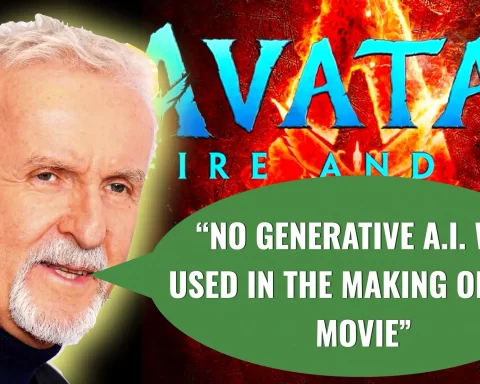
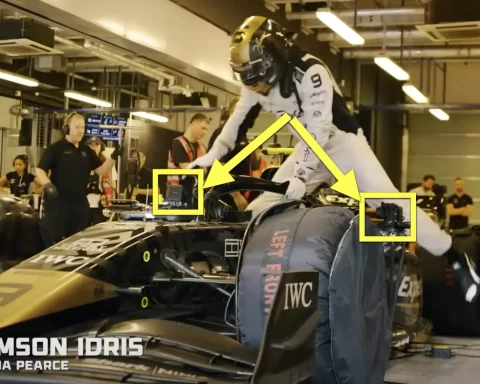

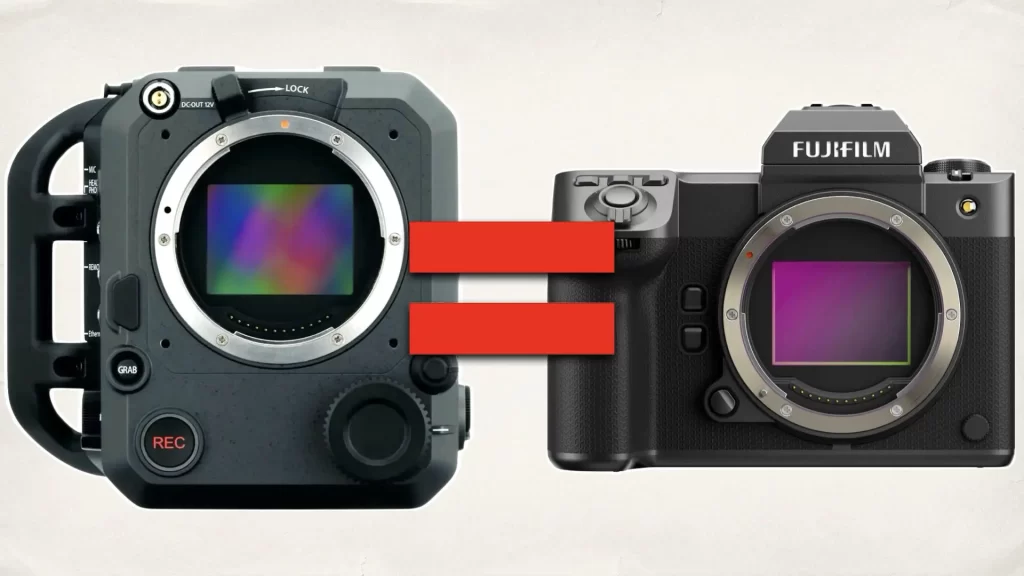
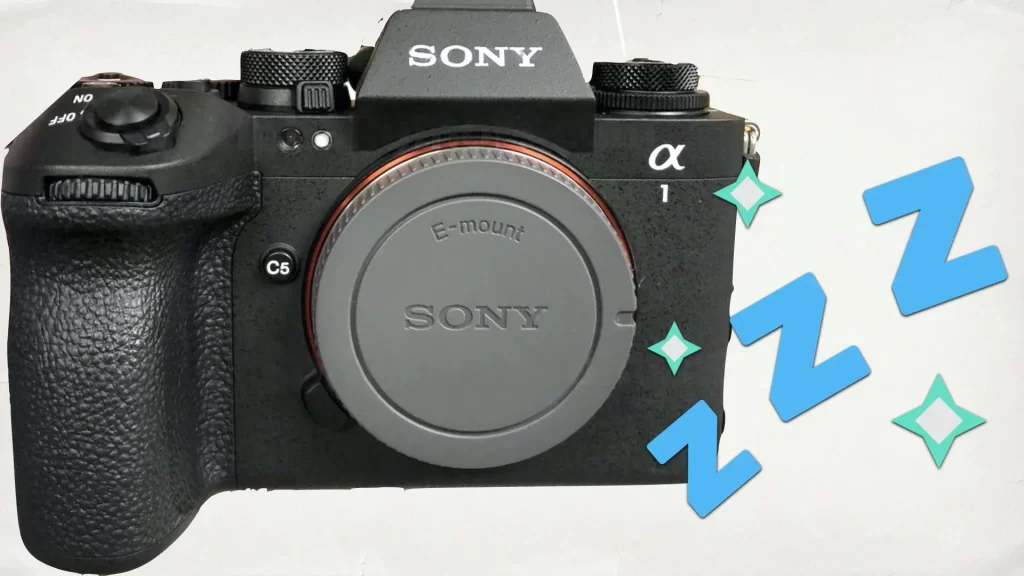





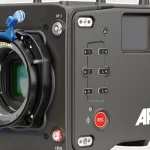
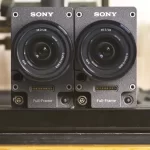
Completely agree. Another consideration would be VRaptors with Red Connect.
Yeah. We didn’t mention the Raptor + Connect. We should!
While I agree cinema cameras would provide a better visual, wouldn’t the downfall of the Tyson vs Paul fight been the delivery method and not the cameras fault? Ie, the streaming delivery method that relies on all the intricacies of bandwidth, server, download, upload, etc…. rather than the traditional tv channel airwaves broadcast delivery method?
(Which you mentioned as the problem in the article).
They could have used arri or the Sony Venice cameras, and if their broadcast delivery method stayed the same, ie, online streaming vs tv broadcast they would have experienced the same buffering, pixel artifacting, compression, etc… all the same issues that plague online streaming… vs traditional tv broadcasting through airwaves.
Am I missing something?